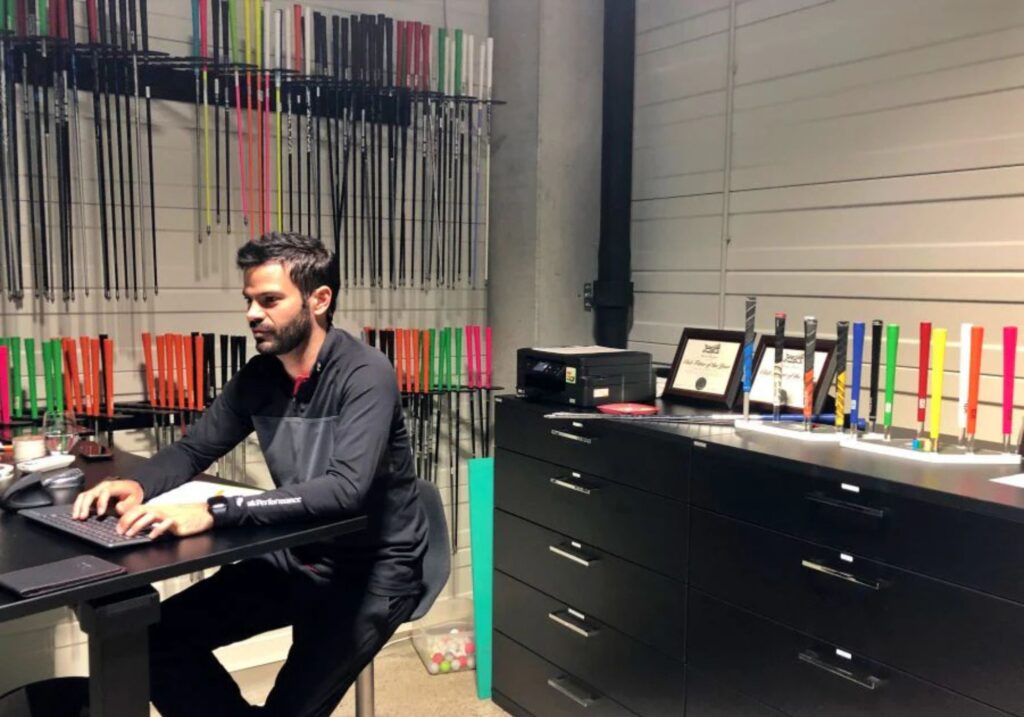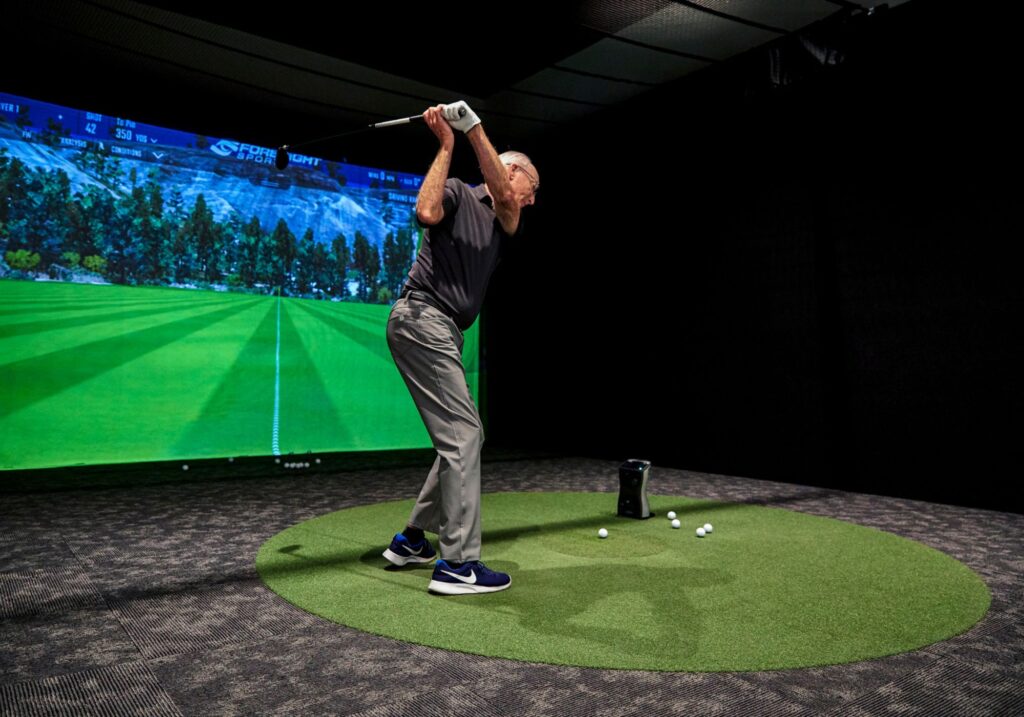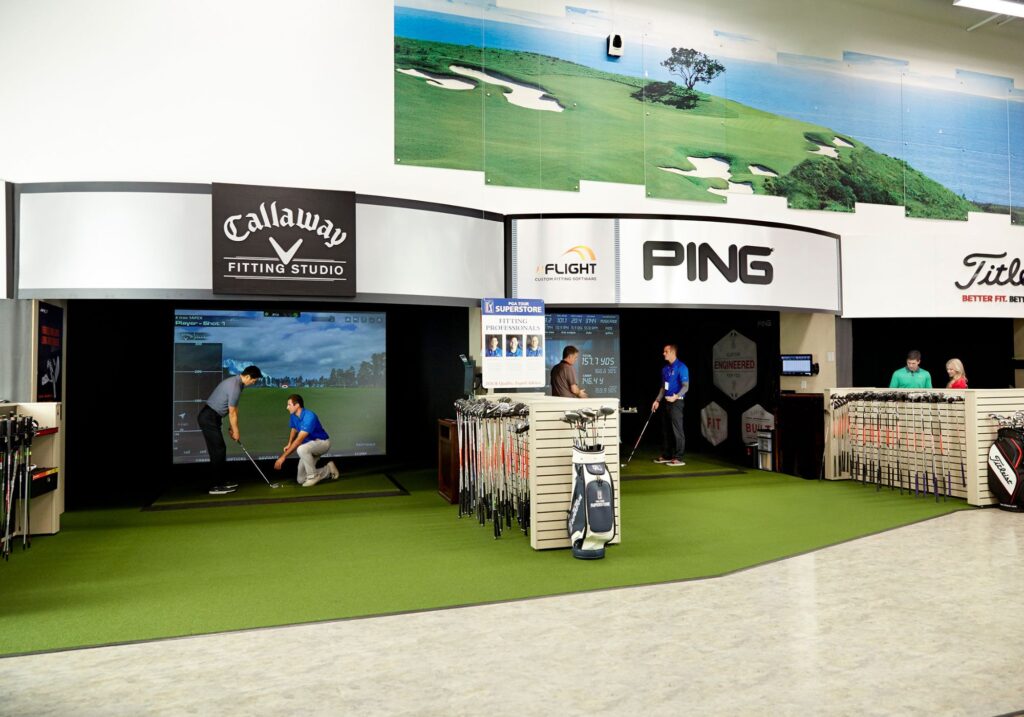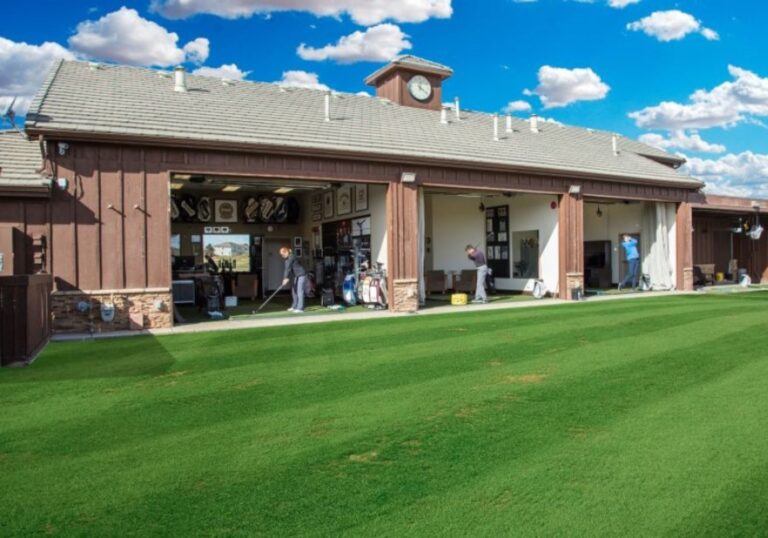Have you ever wondered which club fitting is right for you? With so many options, from quick demos at your local big-box store to in-depth sessions with brand-specific experts, it can feel overwhelming. In this mini series, we will walk through the four main types of fittings, help you figure out who each suits best, outline typical costs, and set your expectations for the experience. By the end, you’ll be ready to pick the fitting that fits your game and your budget.
Why Get Fitted?
Before we dive in, let’s set the stage: a proper fitting can help you hit the ball longer, straighter, and more consistently. Whether you’re a weekend hacker or a low-handicaper, dialing in shaft flex, lie angle, loft and grip size can shave strokes off your score and boost your confidence on the course. Think of it like a golf club tune up: you wouldn’t drive a car without adjusting tire pressure, so don’t swing clubs that aren’t tailored to you.

1. Big-Box Store Fittings
Examples: PGA Superstore, Golf Galaxy, Dick’s Sporting Goods
Who It’s Best For
- Beginners on a budget who want a quick tune up
- Casual players curious about optimization without a big time commitment
What to Expect
- Duration: 20 to 30 minutes
- Process: A retail pro logs your swing data (speed, launch, spin) on a launch monitor and suggests off-the-rack options from store inventory
- Environment: Indoors on a hitting mat or in a golf bay with limited space and brand selection
Typical Cost
- Free to $50 (often waived with a minimum club purchase)
Pros & Cons
- Pros: Fast, affordable, no appointment headaches
- Cons: Limited customization, fewer shaft options, less hands-on adjustment
2. Brand-Agnostic Fitting Specialists
Examples: Club Champion, House of Go, HIO
Who It’s Best For
- Committed golfers who want a deep dive into every variable
- Players seeking impartial recommendations across all major brands
What to Expect
- Duration: 60 to 90 minutes (sometimes longer)
- Process: You hit a series of shots on an advanced launch monitor (TrackMan, Foresight, FlightScope). The fitter tests multiple head and shaft combinations, adjusts loft and lie and in some cases will change the grip
- Environment: Private bay, professional studio feel, premium fitting cart at your disposal
Typical Cost
- $150 to $300 (often credited toward purchase)
Pros & Cons
- Pros: Comprehensive data, hundreds of shafts, unbiased brand choices, custom adjustments in real time
- Cons: Higher price tag, you may feel pressure to buy

3. Demo Day Fittings
Examples: Brand-sponsored tours at golf courses or driving ranges
Who It’s Best For
- Curious players who love trying the latest gear
- Seasoned golfers who want a quick feel for new model releases
What to Expect
- Duration: 5 to 10 minutes per club
- Process: Brand reps set up hitting stations with new drivers, irons, and wedges. You rotate through, hit a handful of shots, and get ball flight feedback
- Environment: Outdoors on grass in a casual festival atmosphere
Typical Cost
- Free (though there is no personalization beyond model try-out)
Pros & Cons
- Pros: No cost, fun social event, first look at new gear
- Cons: Limited data capture, often one-size-fits-all settings, often crowded

4. OEM Specific Fittings
Examples: Titleist Performance Institute (TPI), TaylorMade, Ping, Callaway fitting centers
Who It’s Best For
- Brand loyal players who swear by a particular manufacturer
- Golfers chasing model specific tweaks (for example, a new driver head or iron set)
What to Expect
- Duration: 45 to 60 minutes
- Process: Staff certified by the OEM use proprietary analysis tools (TPI movement screen, IMS for loft and lie) and fit you exclusively into that brand’s lineup. Real-time loft, lie, and shaft micro adjustments are made
- Environment: Professional studio or brand signed fitting center
Typical Cost
- $150 and up (often credited toward purchase of that brand’s product)
Pros & Cons
- Pros: Deep knowledge of the brand’s tech, custom adjustments, guaranteed OEM parts
- Cons: No cross-brand comparison, you may miss a better fitting competitor club

How to Choose Your Perfect Fitting
Assess Your Goals
- Want to experiment briefly? A demo day or big-box fitting might be enough.
- Need a full overhaul and data deep dive? Consider a brand-agnostic specialist.
Consider Your Budget
- Free or low-cost options exist, but credits toward purchase can offset higher fees.
Think About Brand Loyalty
- If you’ve only ever swung Ping, an OEM fitting may feel more comfortable and profitable.
Schedule and Convenience
- Local big-box stores often have walk-in hours. Specialist studios may require booking weeks in advance.
Final Thoughts
Club fitting is not one size fits all; it’s about matching your unique swing to the perfect combination of head, shaft, and setup. Over the next installments, we will dig deeper into each fitting type, share real-world fitting stories, and reveal insider tips to help you get the most out of your session. Got questions or your own fitting experiences? Drop a comment below, we’d love to hear your story!
Want a further deep dive into each option? We have you covered with full deep dives on each fitting setting and what to expect for each.
